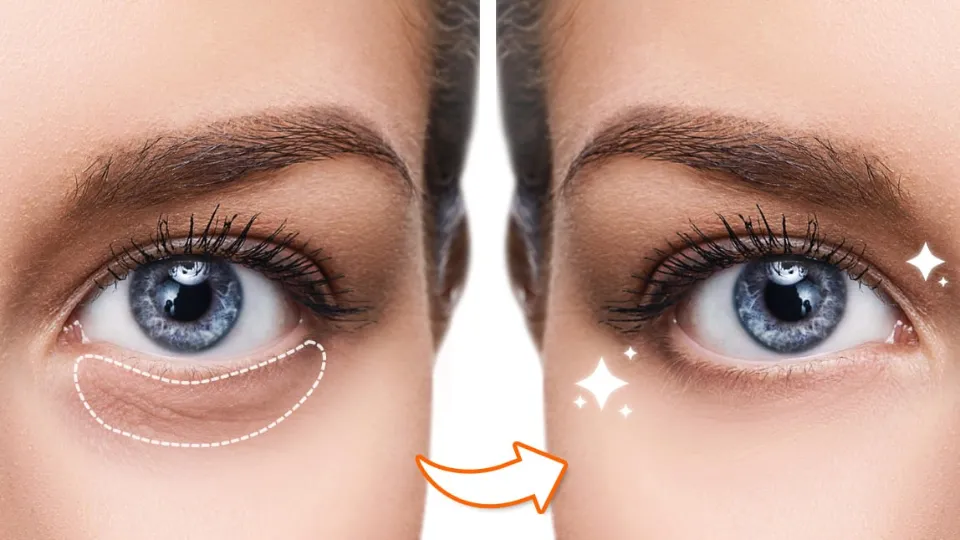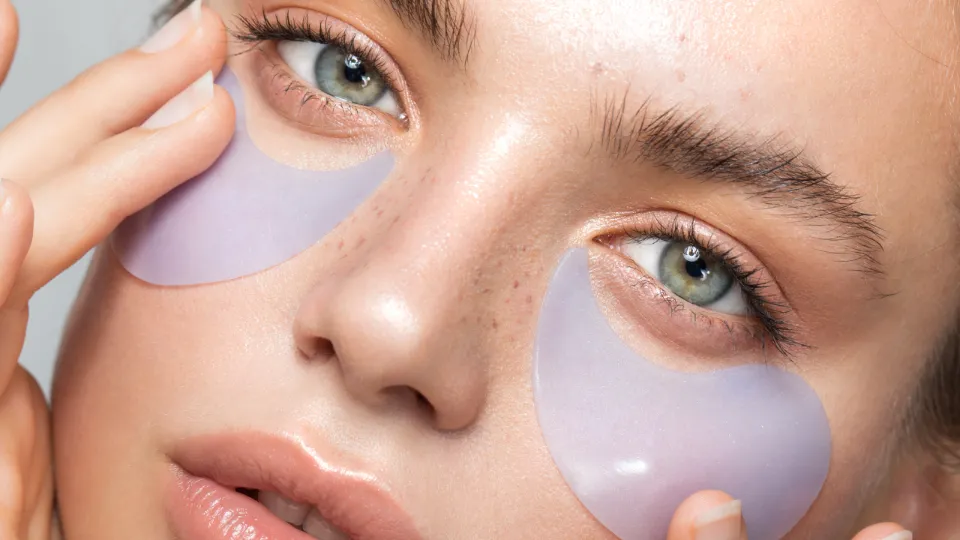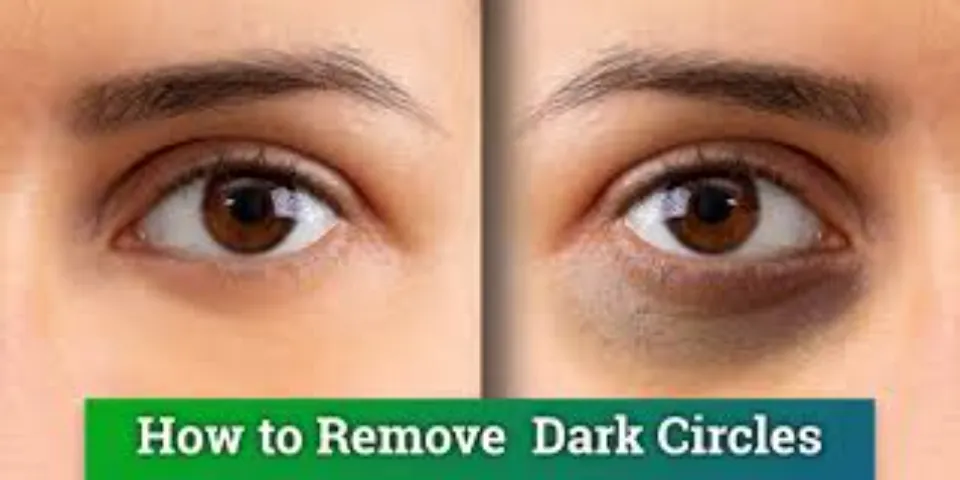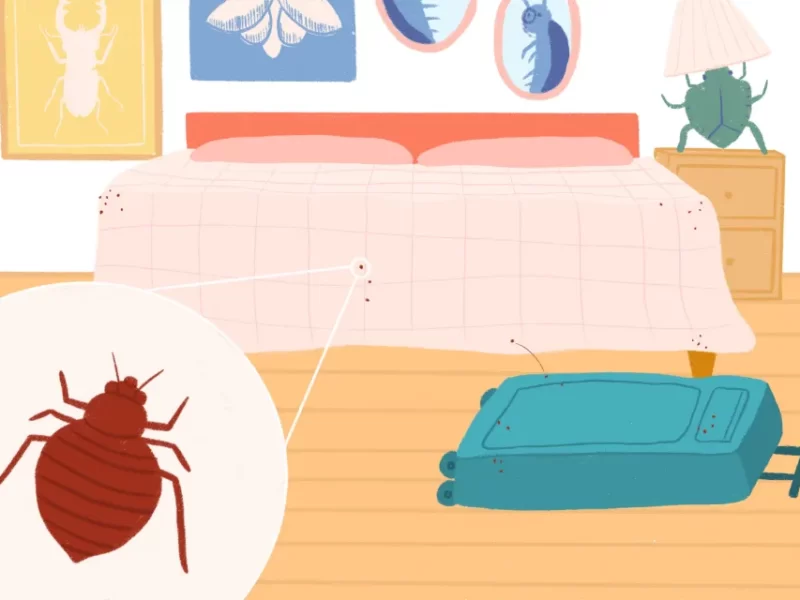Dark circles under the eyes are not only brought on by insufficient sleep. Genetics, allergies, and aging are additional potential causes. Using natural remedies or long-term medical procedures, you can lessen the appearance of dark circles.
Read on!
What Causes Dark Circles (or Panda Eyes)?
You could have dark circles under your eyes for a variety of reasons. Some common causes include:
Genetics
Dark circles under the eyes can also develop due to family history. Early signs of it may be an inherited trait. The circles under your eyes could become lighter or darker with time.
You may develop dark circles under your eyes if you are predisposed to certain medical conditions, such as thyroid disease.
Age
Dark circles under your eyes are also frequently caused by natural aging.
Skin elasticity declines with age. The fat and collagen that maintain the elasticity of your skin may decline. The area beneath your eyes darkens as a result of the exposed dark blood vessels beneath your skin.
Fatigue
Dark circles under your eyes can develop as a result of oversleeping, extreme fatigue, or simply staying up later than usual. Your skin may become dull and paler from not getting enough sleep. Your skin’s dark tissues and blood vessels may start to protrude.
A lack of sleep can also result in fluid accumulating under your eyes, giving them a puffy appearance. The shadows cast by swollen eyelids may be the cause of the dark circles you see.
Dehydration
Your under-eye circles are frequently caused by dehydration. The skin around your eyes starts to look dull and your eyes appear sunken when your body is dehydrated. This is brought on by how closely the eyes are located to the underlying bone.

Eyestrain
Your eyes may become tired if you continuously stare at a computer or television screen. The blood vessels around your eyes may enlarge due to this strain. Your eyelid skin may subsequently darken as a result.
Allergies
Dark circles can be caused by allergic reactions and dry eyes. Histamines are released by the body to ward off the invader during an allergic reaction. Itching, redness, and puffy eyes are a few of the symptoms brought on by this. Additionally, histamines cause the dilation and increased visibility of your blood vessels under the skin.
The itchy skin around your eyes may itch more when you have allergies. By causing swelling, bleeding, and blood vessel damage, these behaviors can exacerbate your symptoms. This may cause deep shadows under your eyes.
Sun Overexposure
The pigment that gives your skin color, melanin, can overproduce in your body as a result of exposure to the sun. Overexposure to the sun can darken the pigment in the skin around your eyes, especially if you have fair skin.
Anemia
Anemia occurs when your red blood cell count is below normal. This can leave you feeling:
- Dizzy
- Weak
- Lightheaded
- Short of breath
- Tired
Dark circles under your eyes and paler-than-usual skin color are two additional signs of anemia. You should discuss getting blood work done to check your iron levels with a doctor. Treatments for anemia include:
- Dietary changes
- Iron supplements
- Iron infusions, depending on your levels
How to Get Rid of Dark Circles?

Here are some of the best dark circle treatments methods, which can help you treat this condition:
- Dark Circle Laser Treatment: The vascularity and both superficial and deep pigmentation around the eyes are treated by doctors using cutting-edge laser technology. Any under-eye darkness is lessened, and it even somewhat assists in the gradual fading of fine lines and wrinkles. Light energy is used in laser therapy to gently exfoliate the skin and reduce fluid spread brought on by broken capillaries, which lessens the overall amount of darkness. A visible reduction in the appearance of dark circles is achieved by using lasers to treat skin laxity by inducing and remodeling collagen. The eye region responds best to treatment with Q-switched Alexandrite, Q-switched Ruby, and Q-switched Nd: YAG lasers.
- Chemical Peel For Dark Circle: If there is superficial pigmentation, numerous chemical peels can lighten your under-eye skin. To treat infraorbital and periorbital dark circles, physicians use glycolic acid, trichloroacetic acid, and lactic acid in the proper dosages. It would be very dangerous for you to try any over-the-counter peels on your own, so kindly refrain from doing so. Incorrect application of those chemical peels can irritate the sensitive eye area.
- Dark Circle Creams: Strong eye creams of various strengths with skin-lightening ingredients are used as a topical medical treatment for dark circles. Hydroquinone, kojic acid, azelaic acid, arbutin, vitamin C, and retinoic acid are some of these treatments. By removing the darkly pigmented skin beneath the eyes, these creams assist in the reduction of dark circles. A dermatologist typically prescribes these in a range of strengths and combinations to be applied directly to the affected area.
- Retinol For Dark Circle: Retinoids are among the most effective topical ingredients for treating age-related issues, such as dark circles under the eyes. Retinol has been shown to increase collagen production and skin thickness when used regularly, but it can frequently irritate the skin. Decide on a retinol cream for dark circles only after consulting a dermatologist.
- Fillers For Dark Under Eye Circle: Hyaluronic acid fillers are used by dermatologists to fill in tear troughs or hollows under the eyes during advanced aesthetic treatments. It assists in lessening the shadowing effect and removing the worn-out appearance.
- Home Remedies: It’s possible that you’ve heard of traditional treatments that promise to eliminate dark circles instantly. There is, regrettably, no assurance that they will. Instead, opt for a safe, effective cosmetic procedure that has been scientifically proven to enhance your appearance by reducing the darkness of your under-eye circles, enhancing the tone and texture of your skin around your eyes, and improving your skin’s overall health.
Conclusion
Dark circles under your eyes could be caused by a variety of factors. Various things can cause them to come and go. If dark under-eye circles bother you, there are steps you can take to make them look less noticeable. They typically don’t warrant alarm. If you are concerned, think about speaking with your doctor about having blood work done to check your iron levels.
FAQs
How Long Does It Take to Reduce Dark Circles?
It entirely depends on the person’s medical history and the underlying reason for the dark circles. Depending on the procedure chosen and the severity of the condition, the time frame may change depending on how each person responds to treatment. Dark circles should start to look less prominent in 6 to 8 weeks, according to estimates.
Are Dark Circles Under Eyes a Symptom of Iron Deficiency?
It is true that a lack of iron will result in darkening around your eyes. The under-eye area becomes darker as a result of the blood’s decreased oxygen supply.



